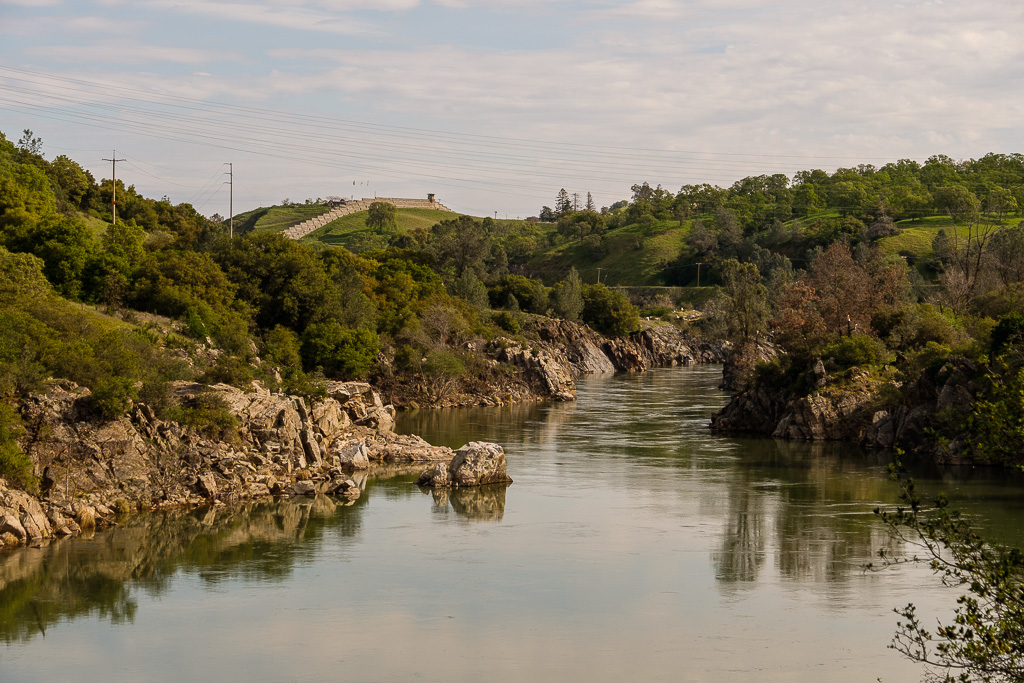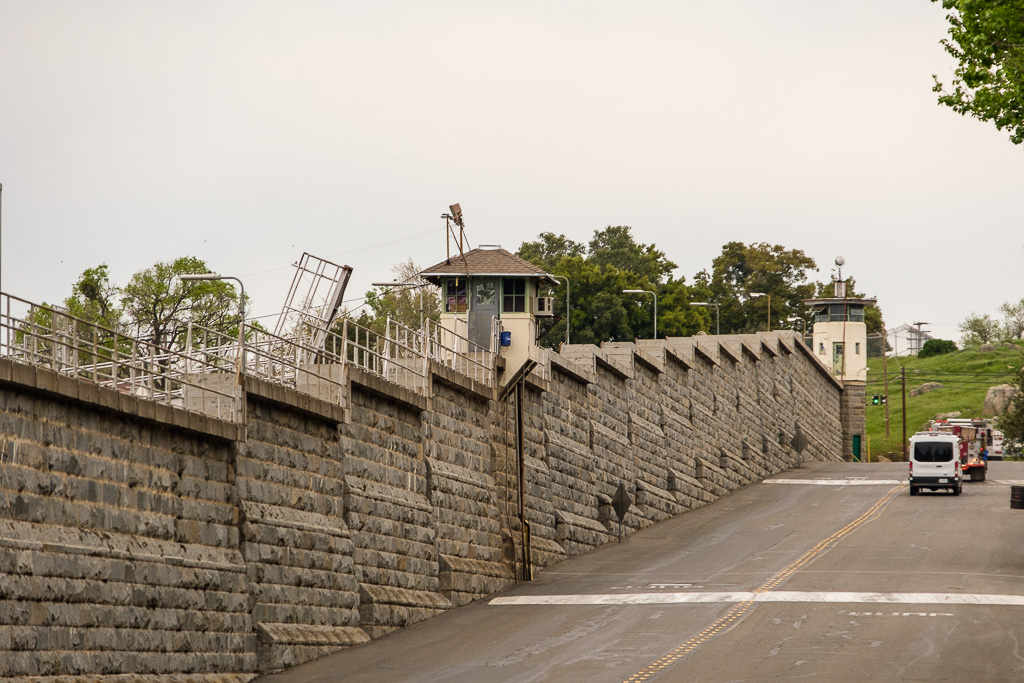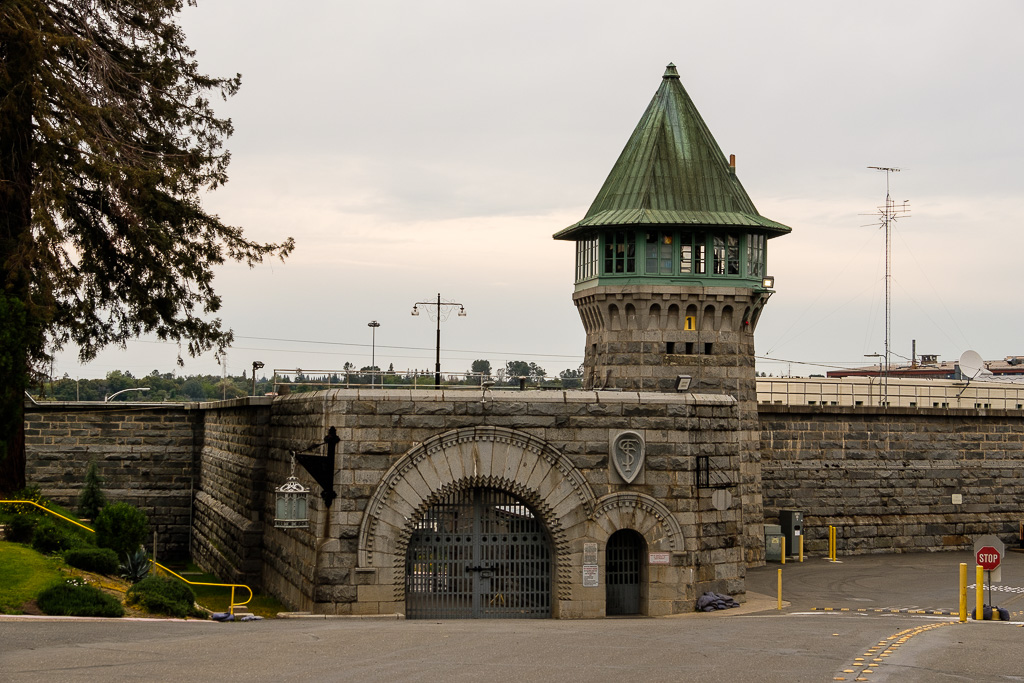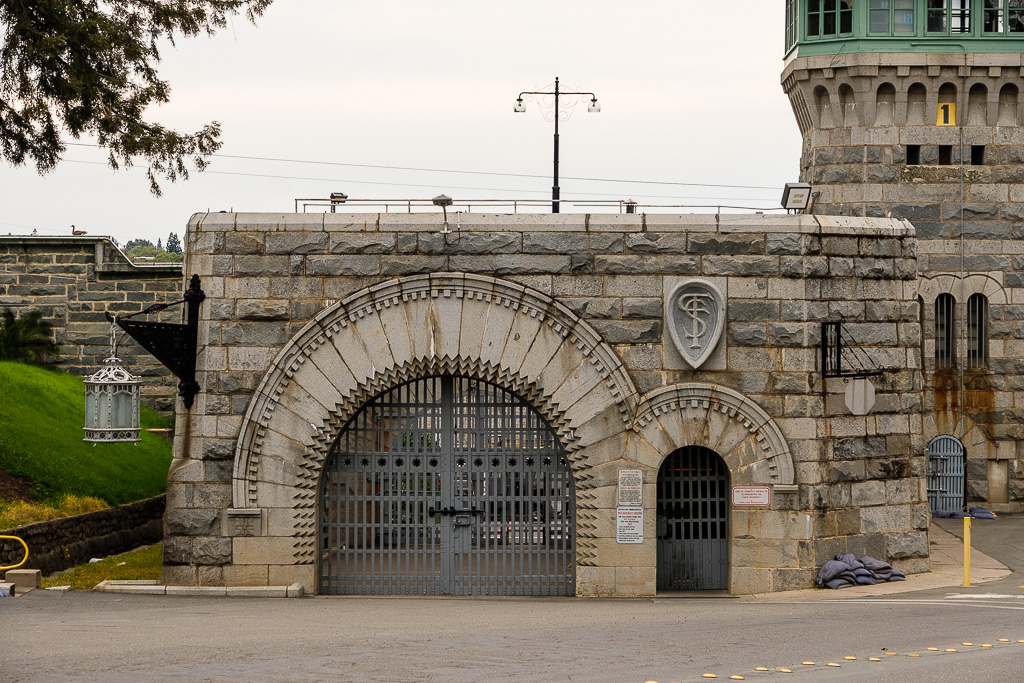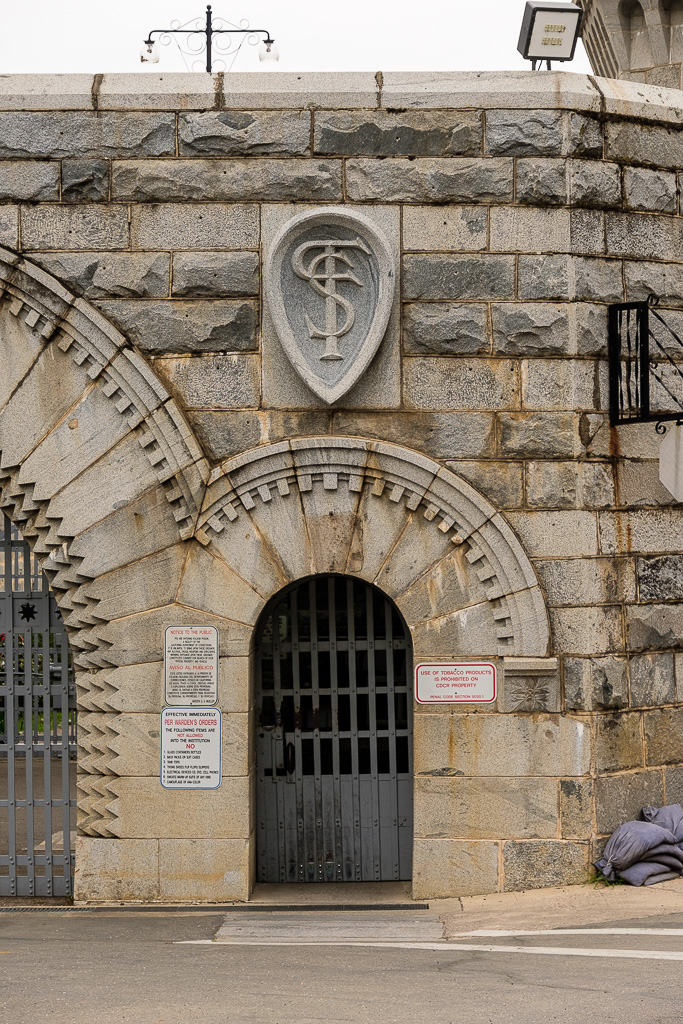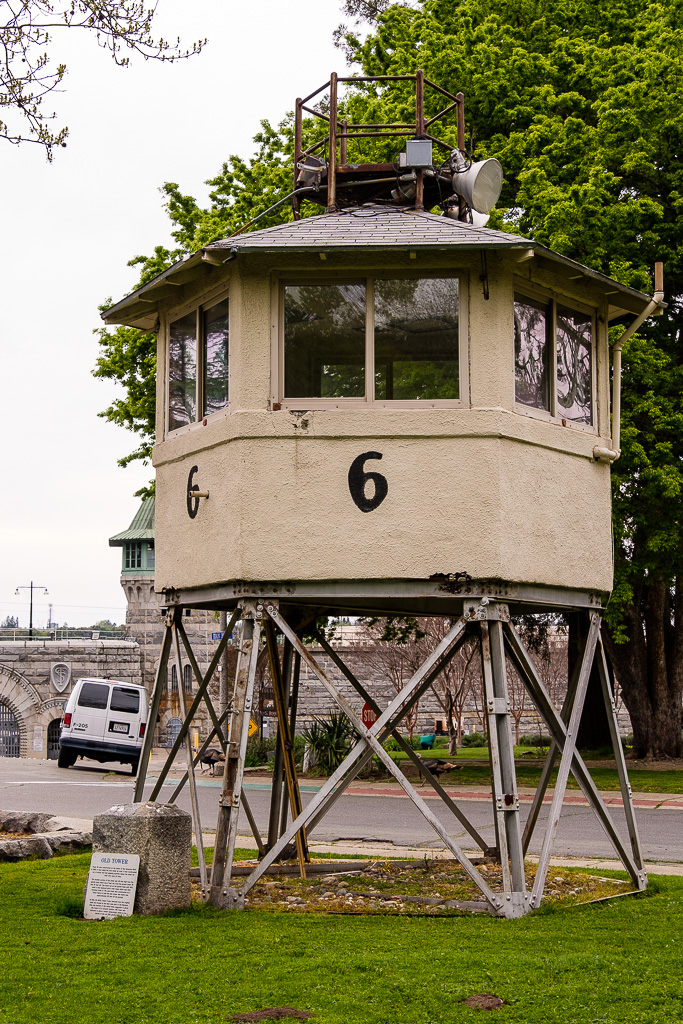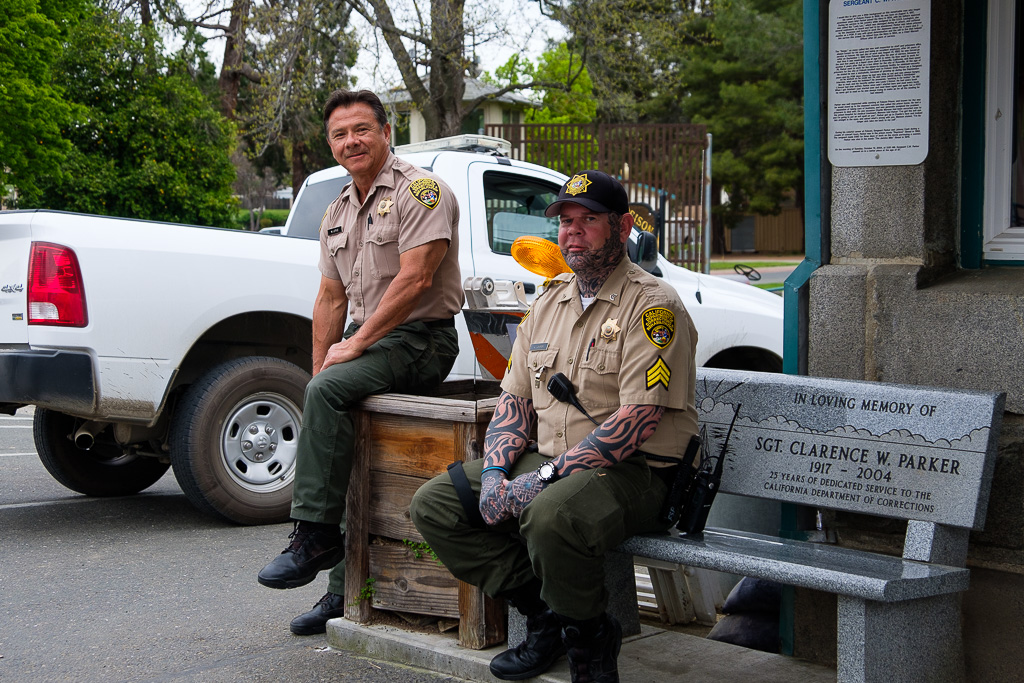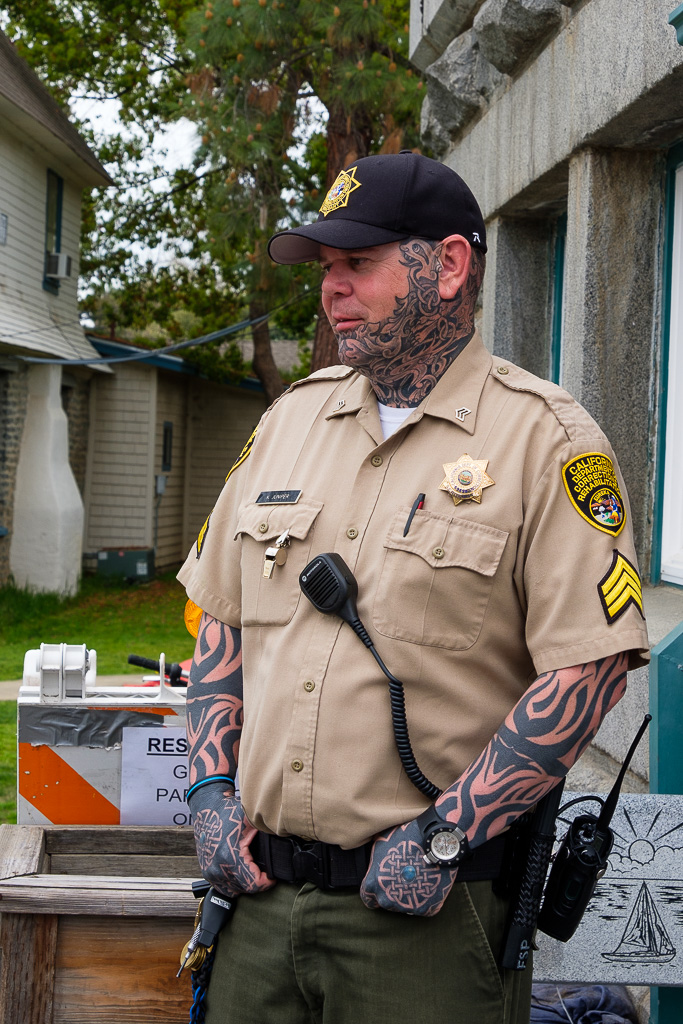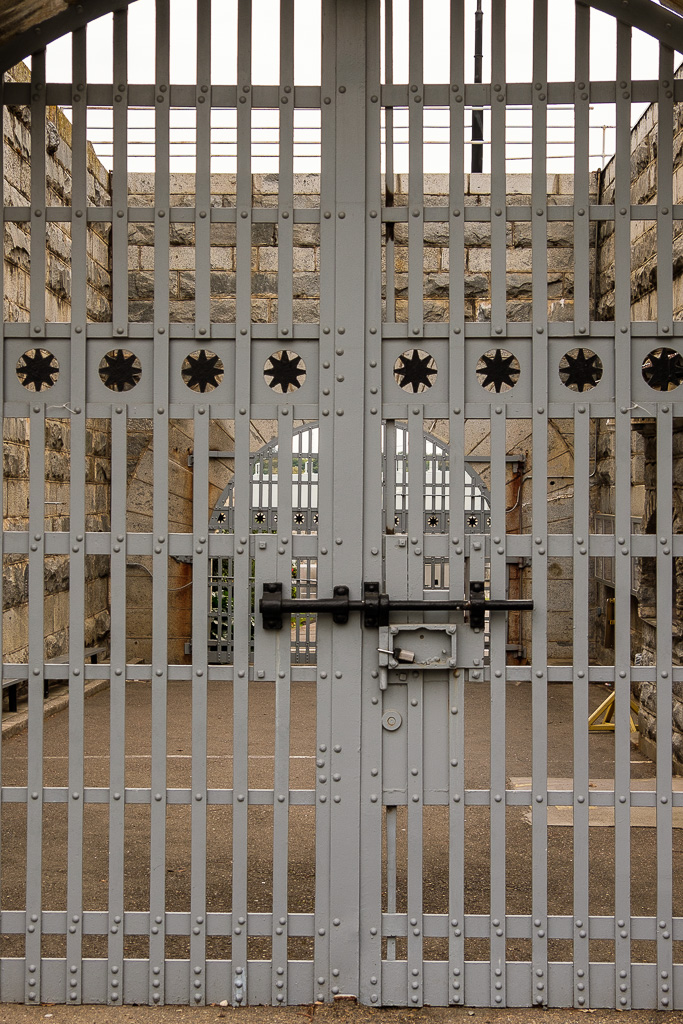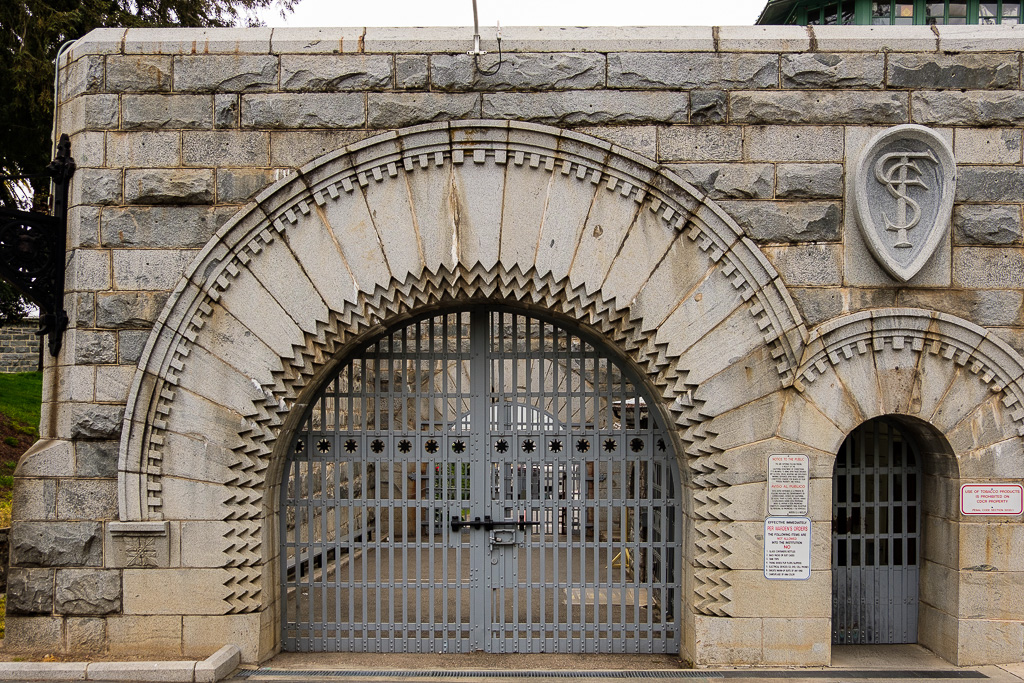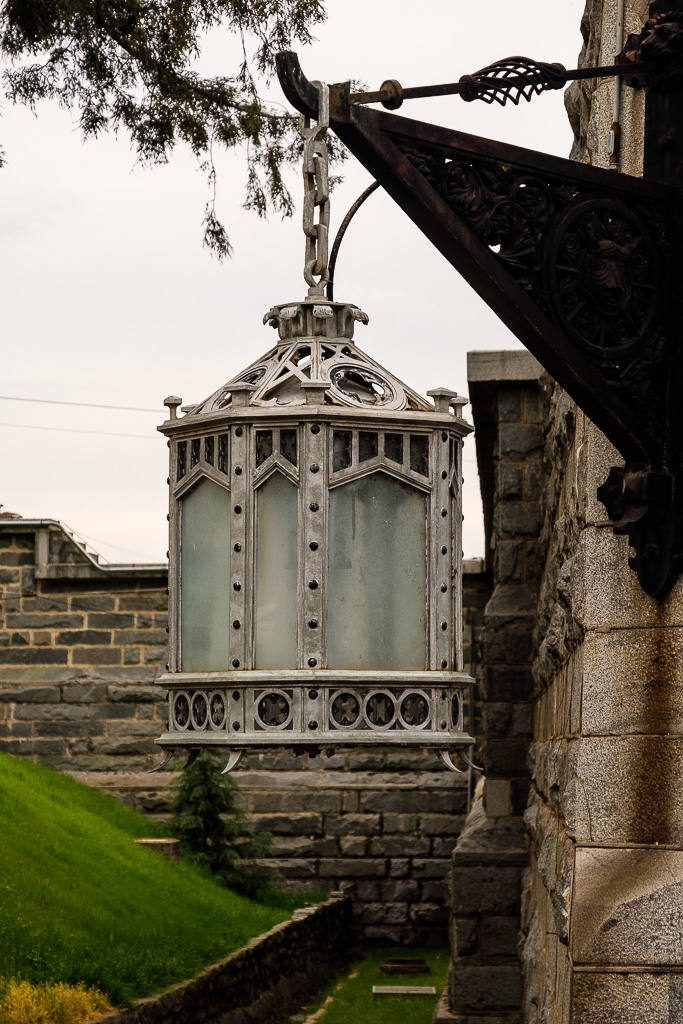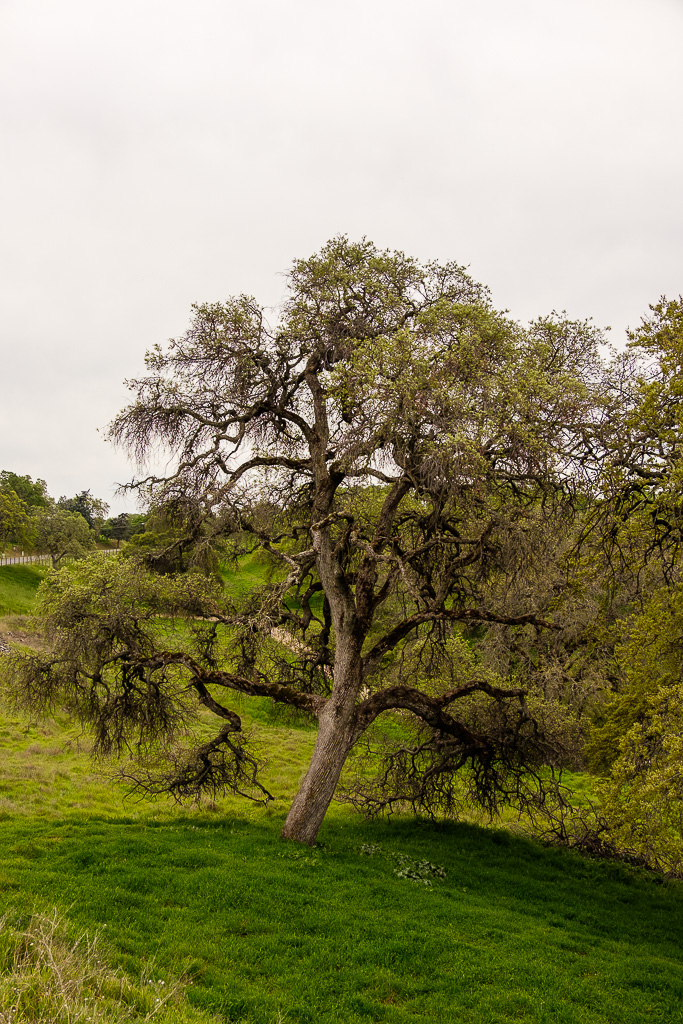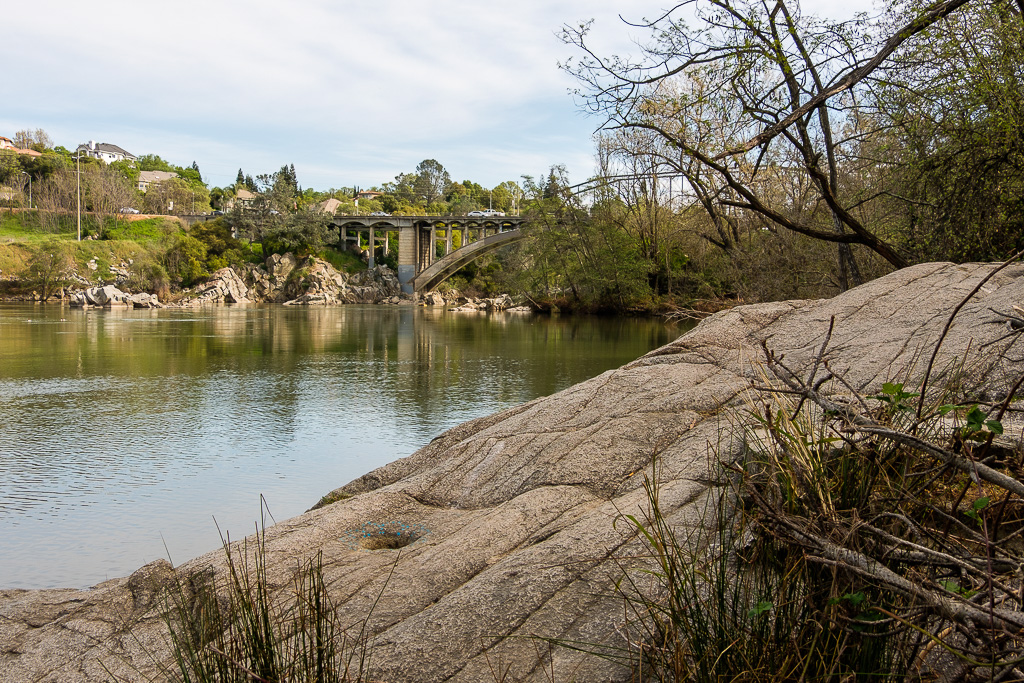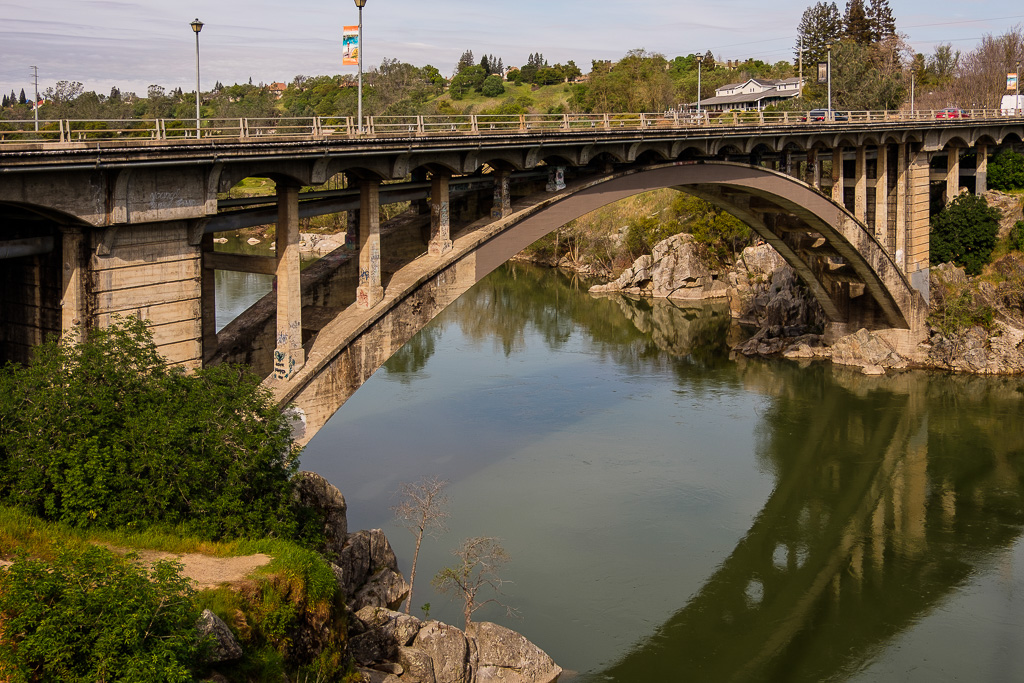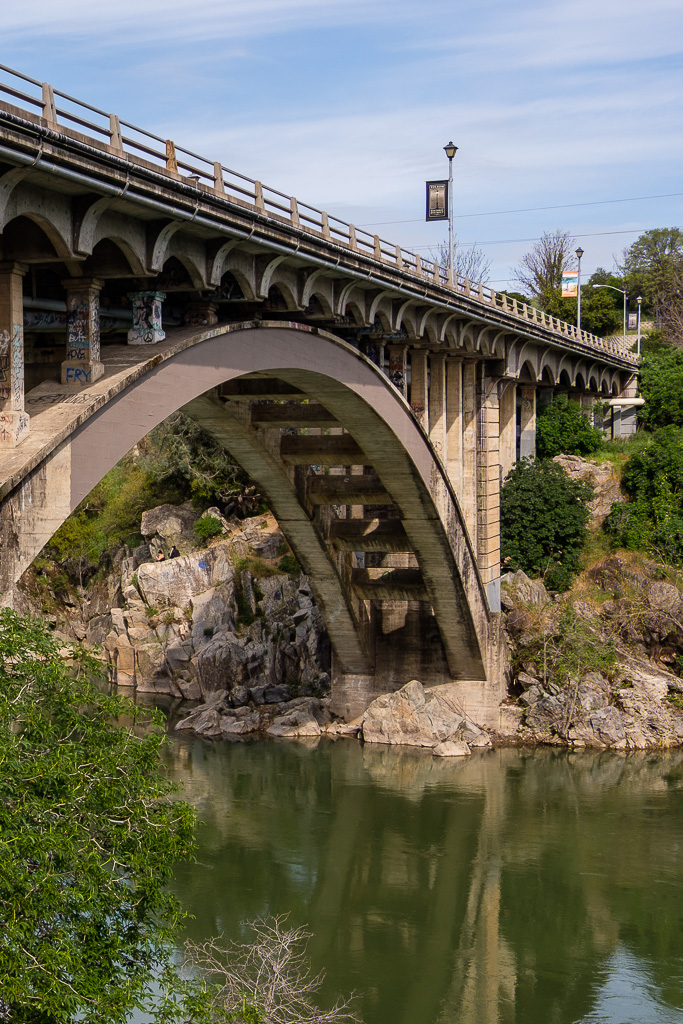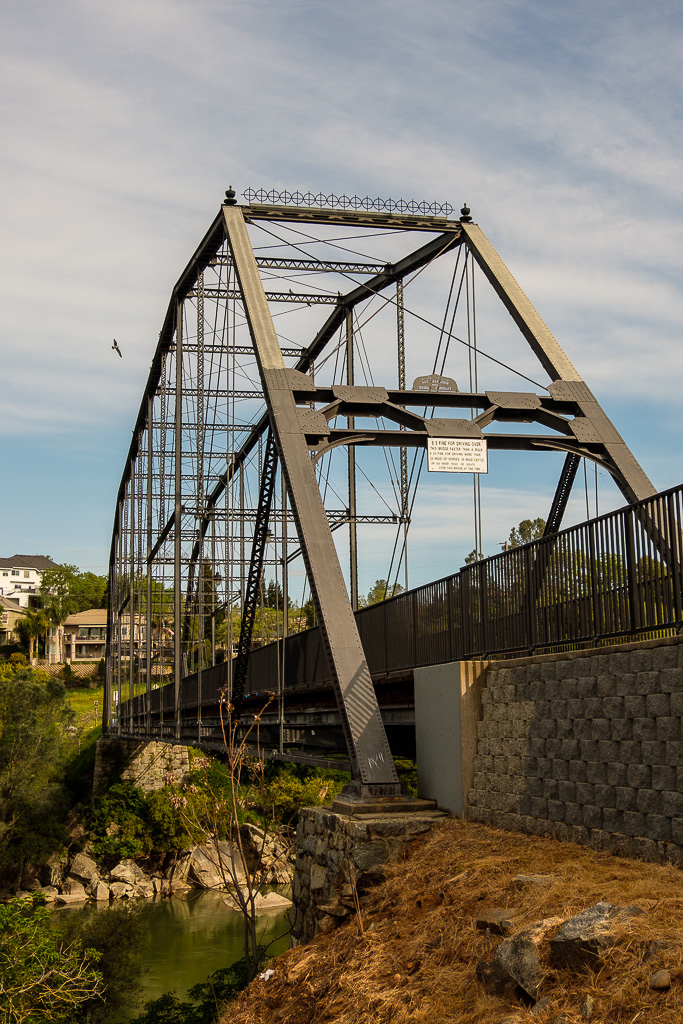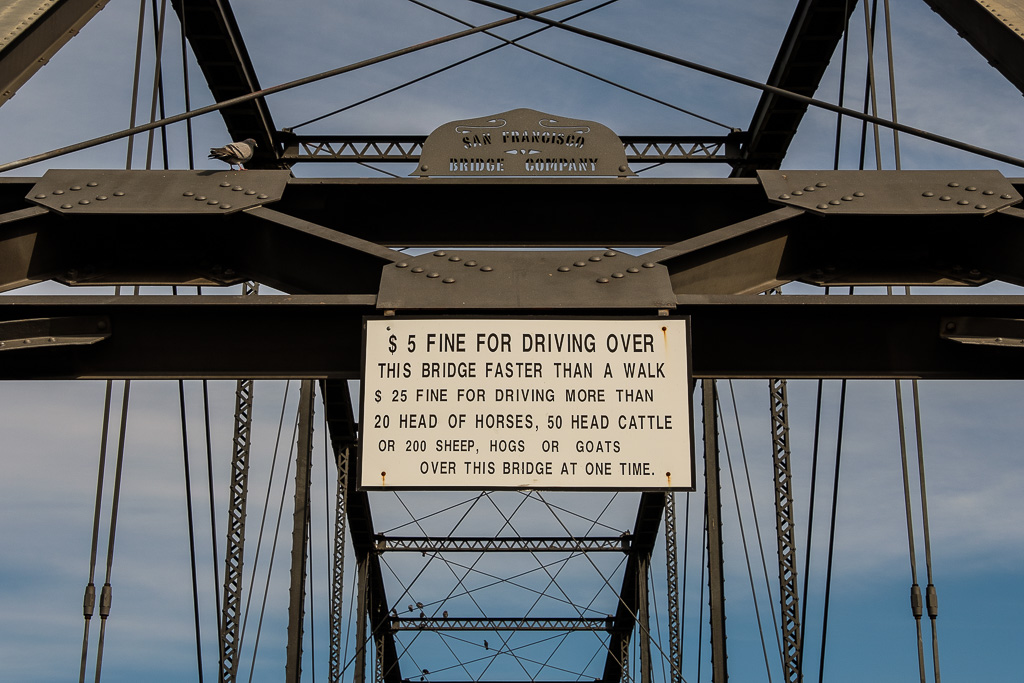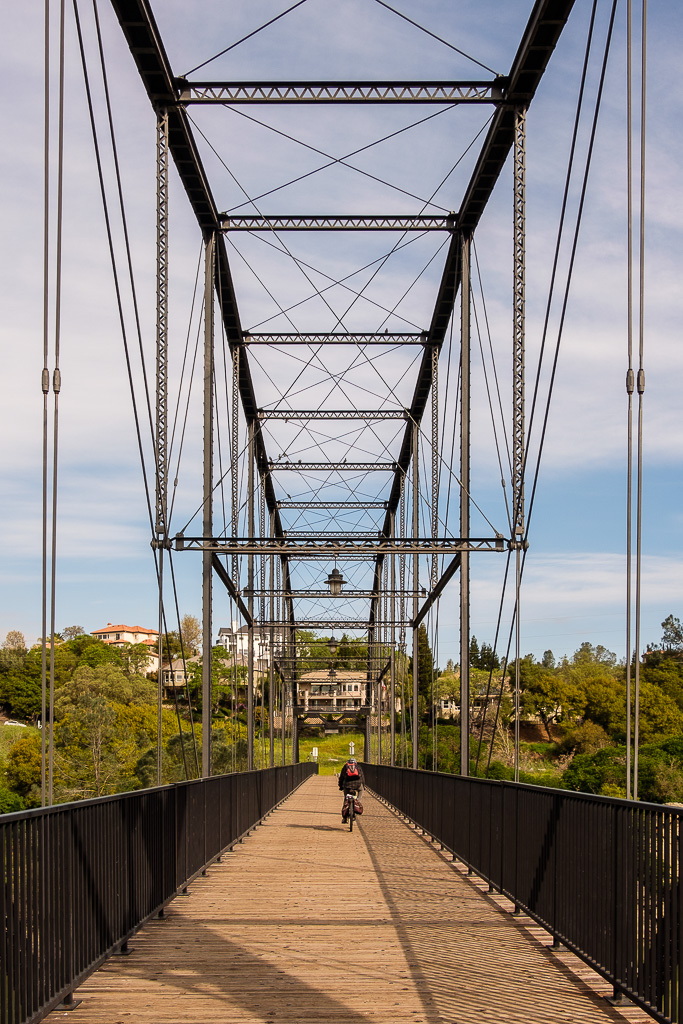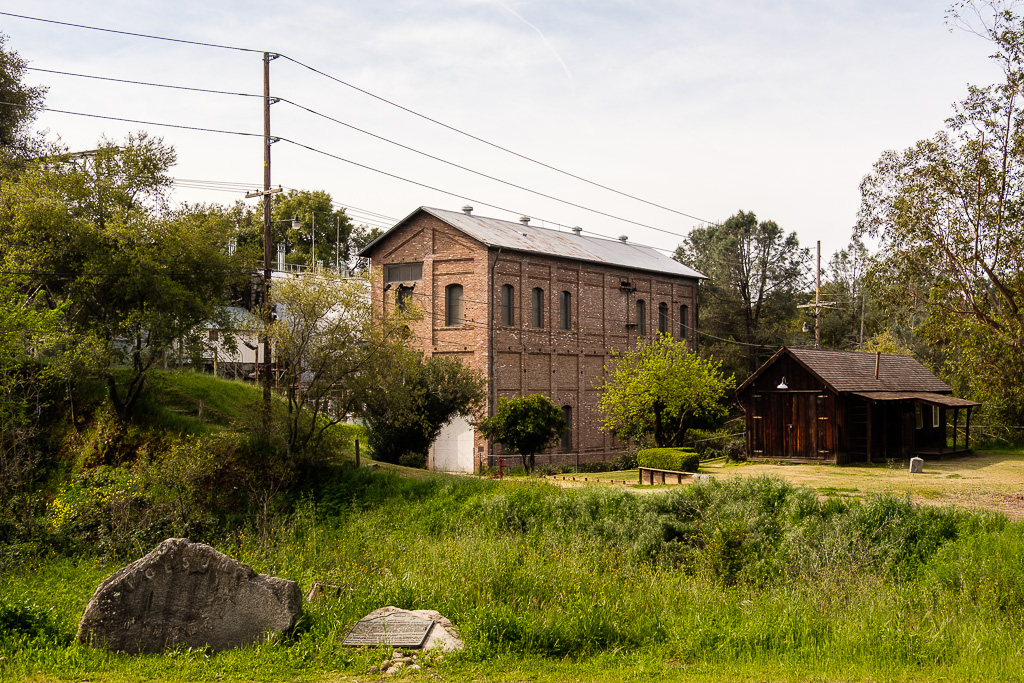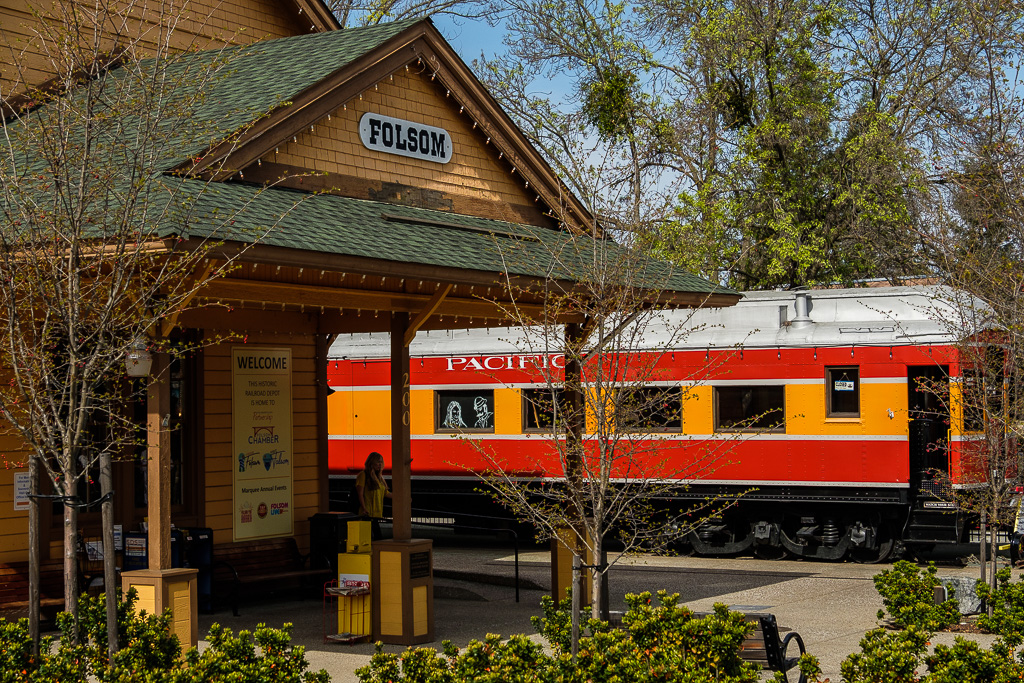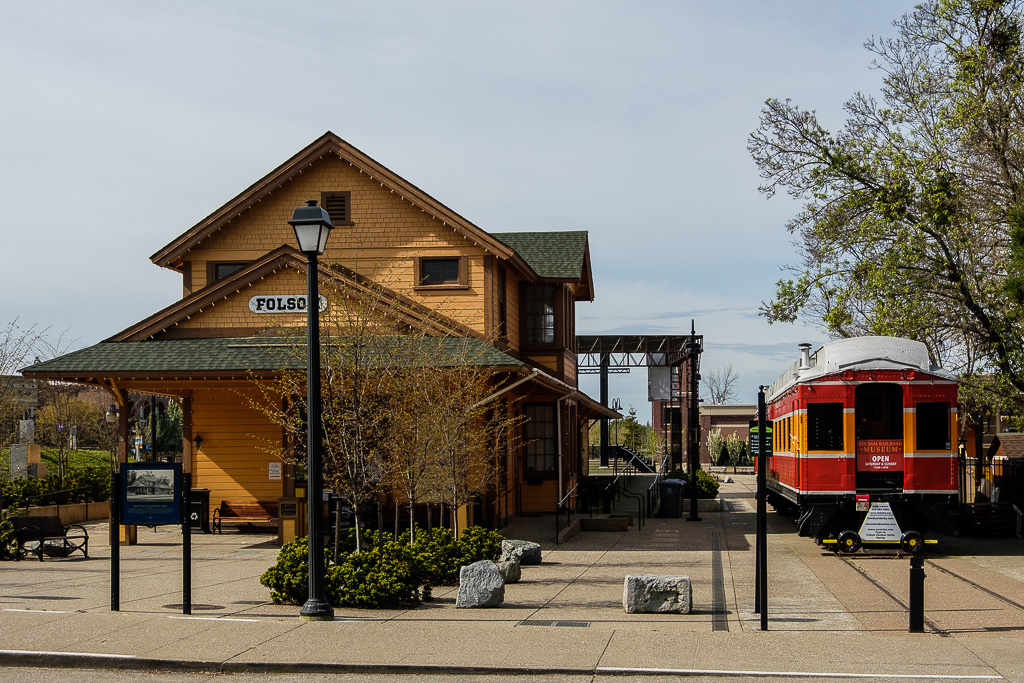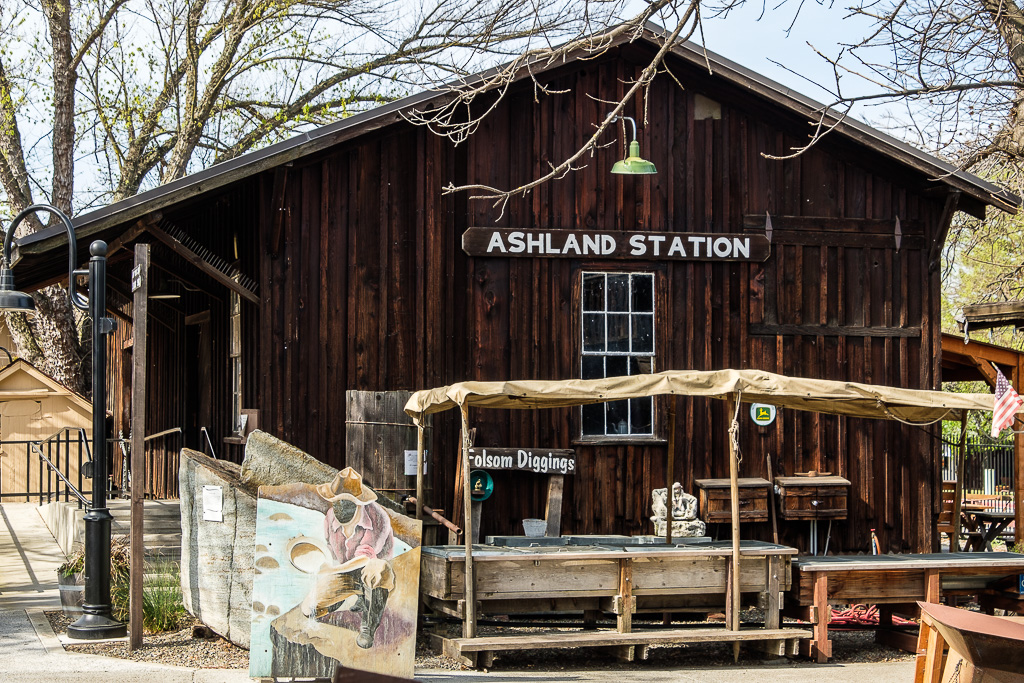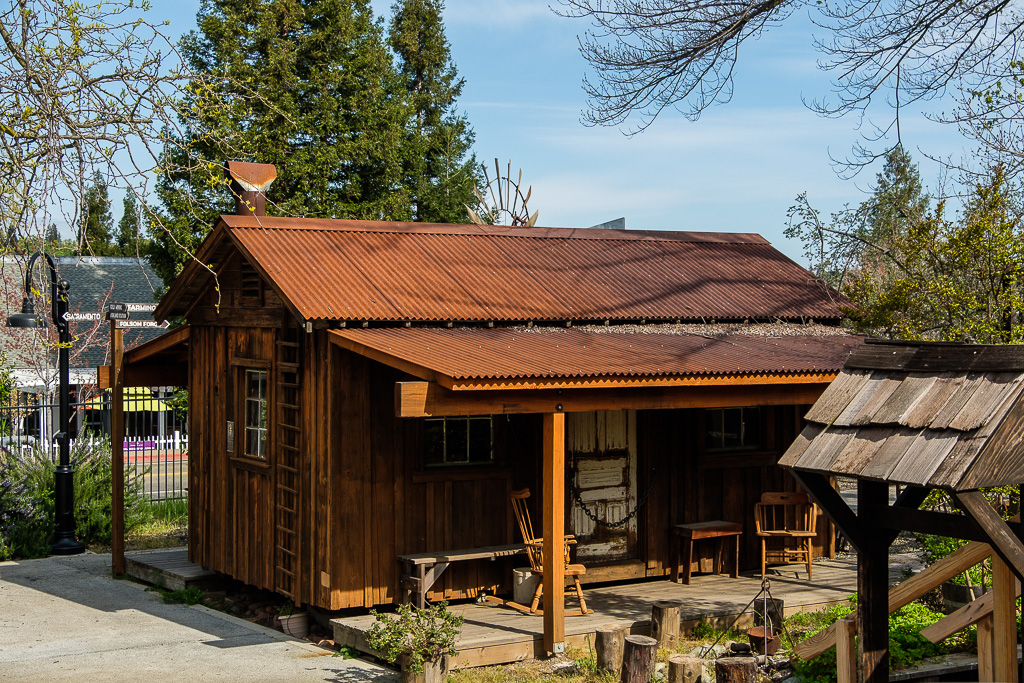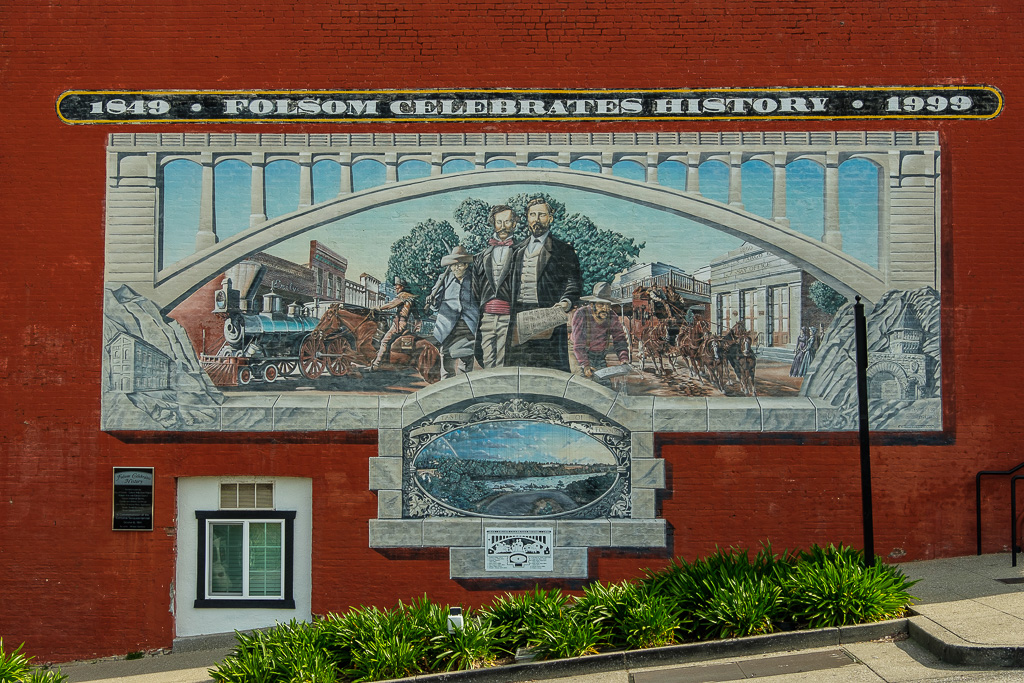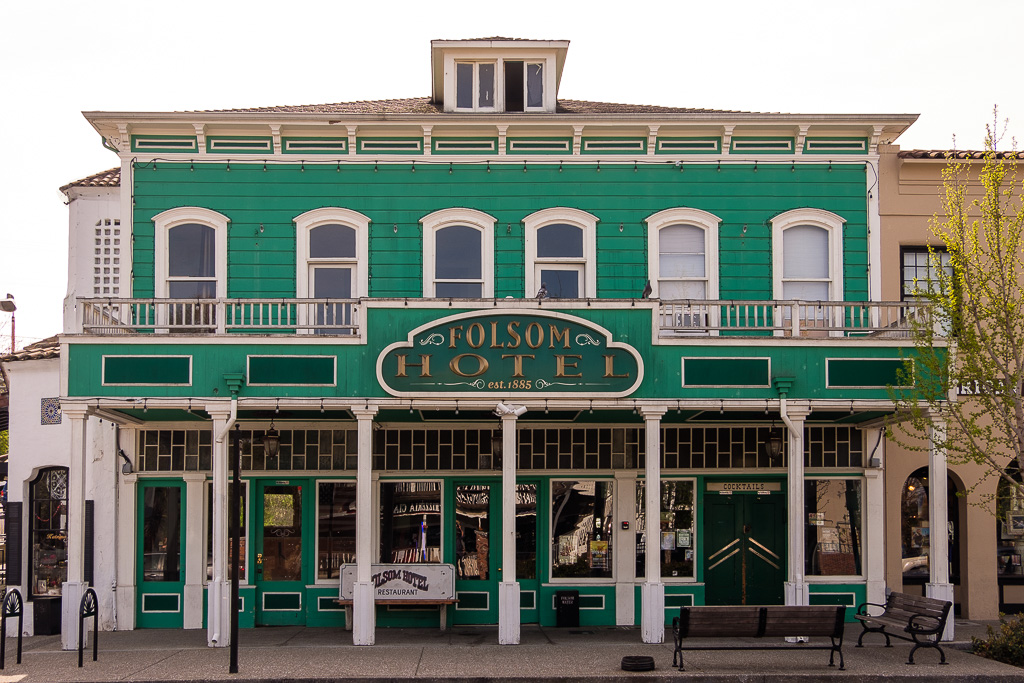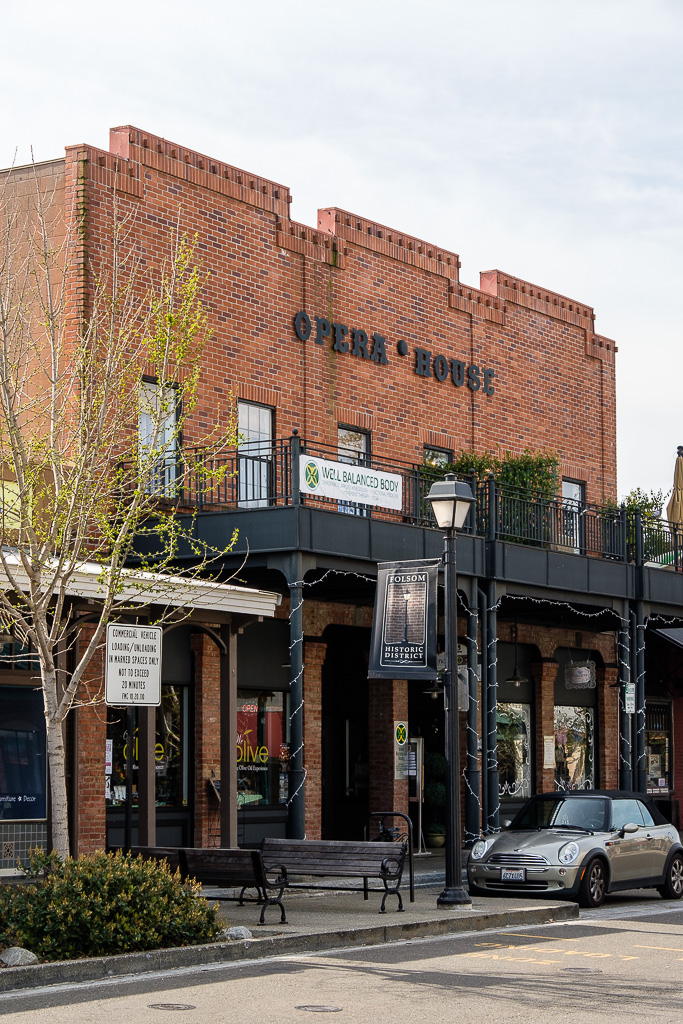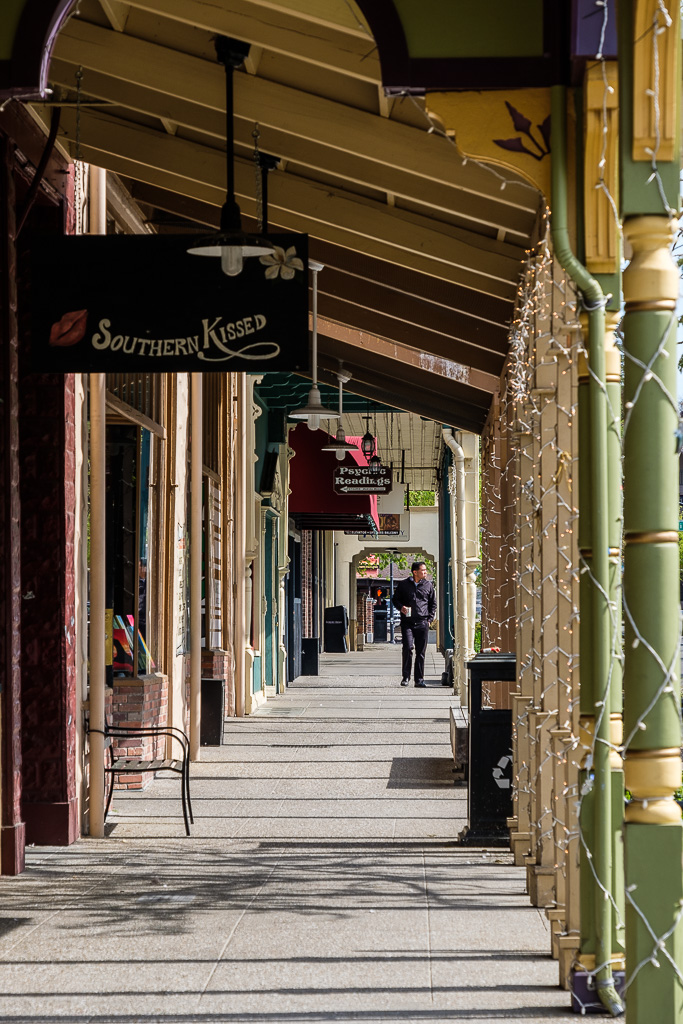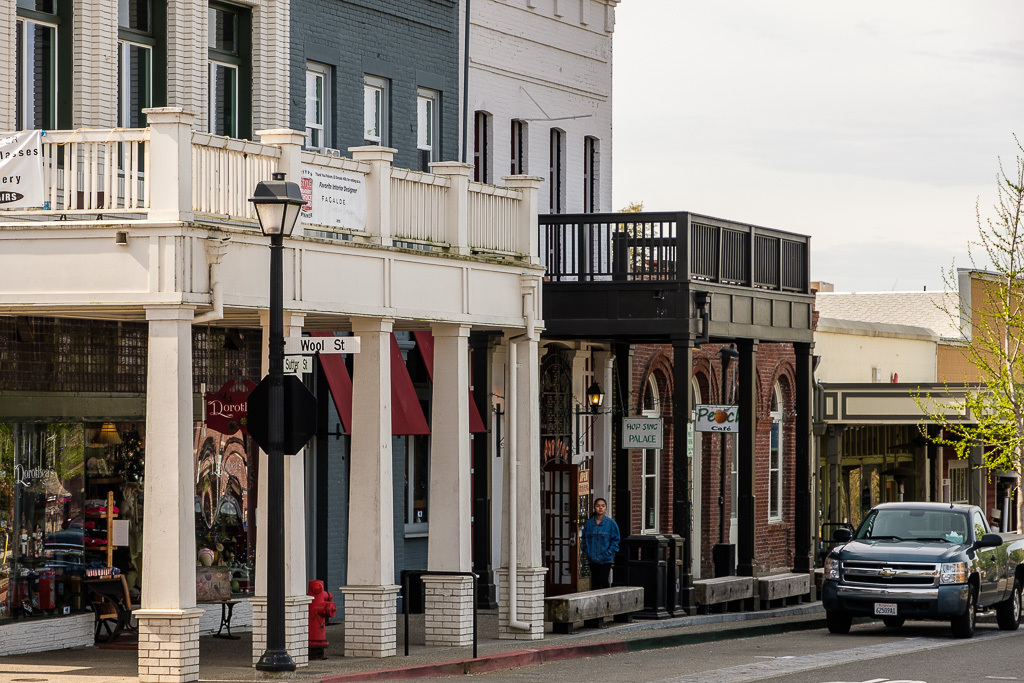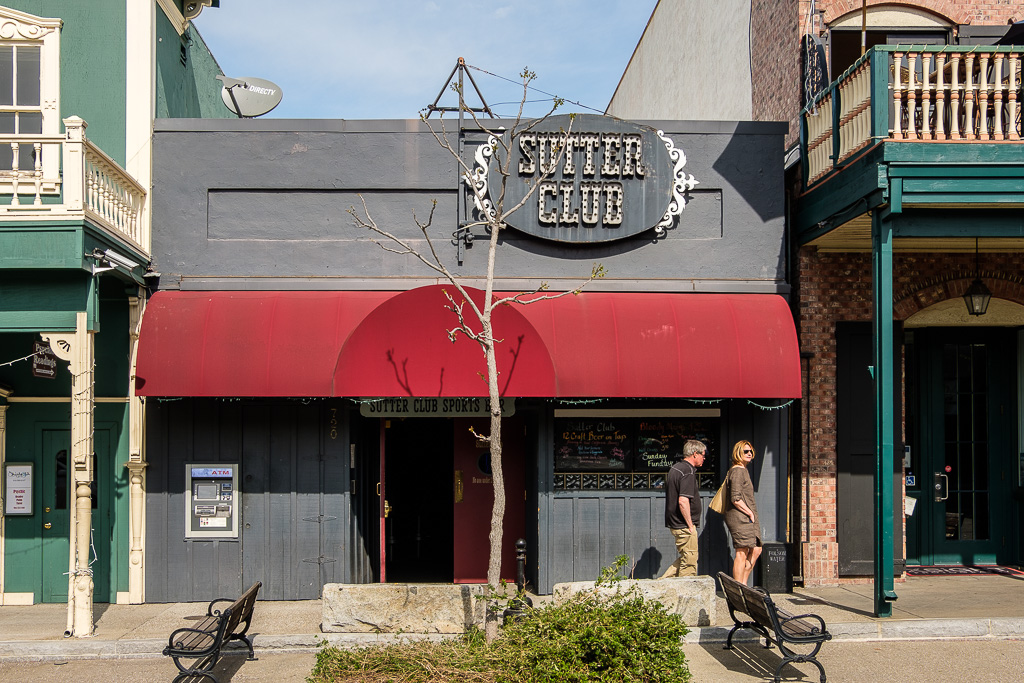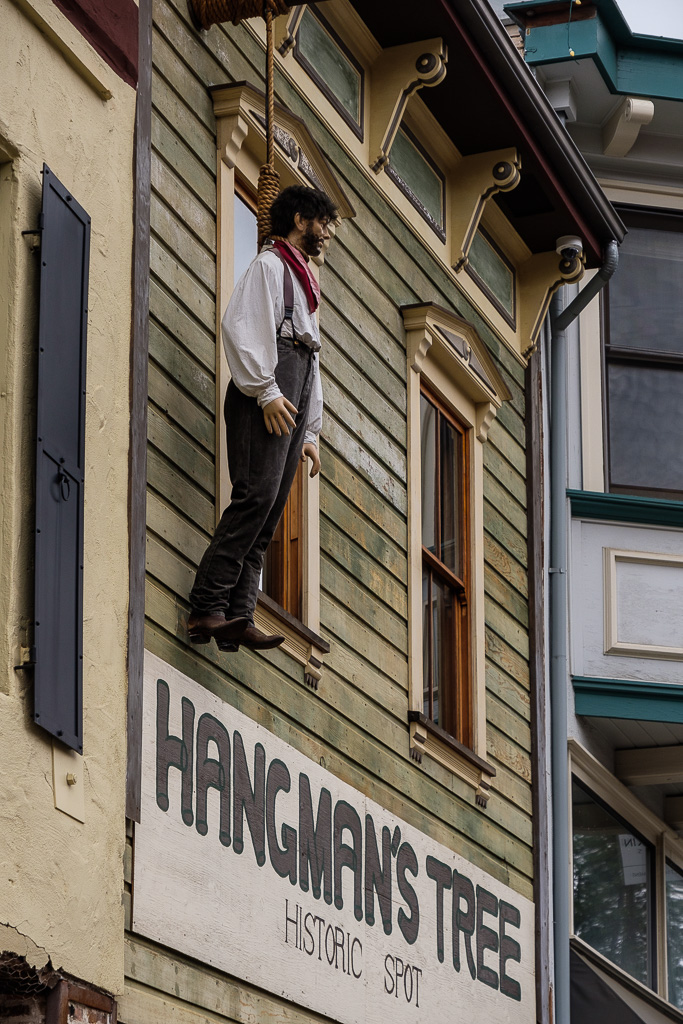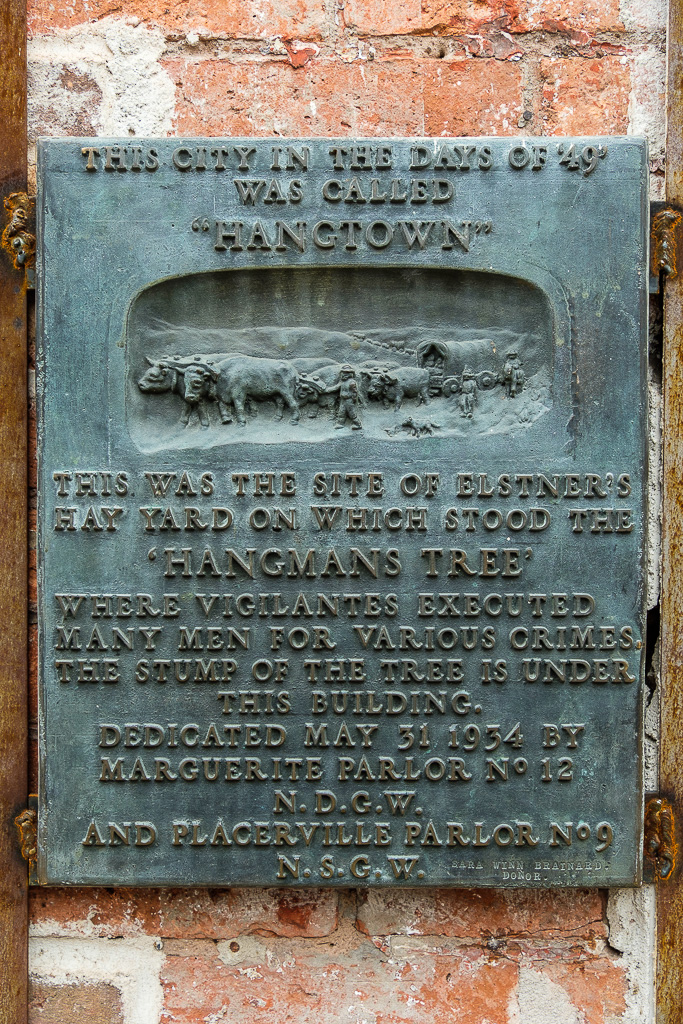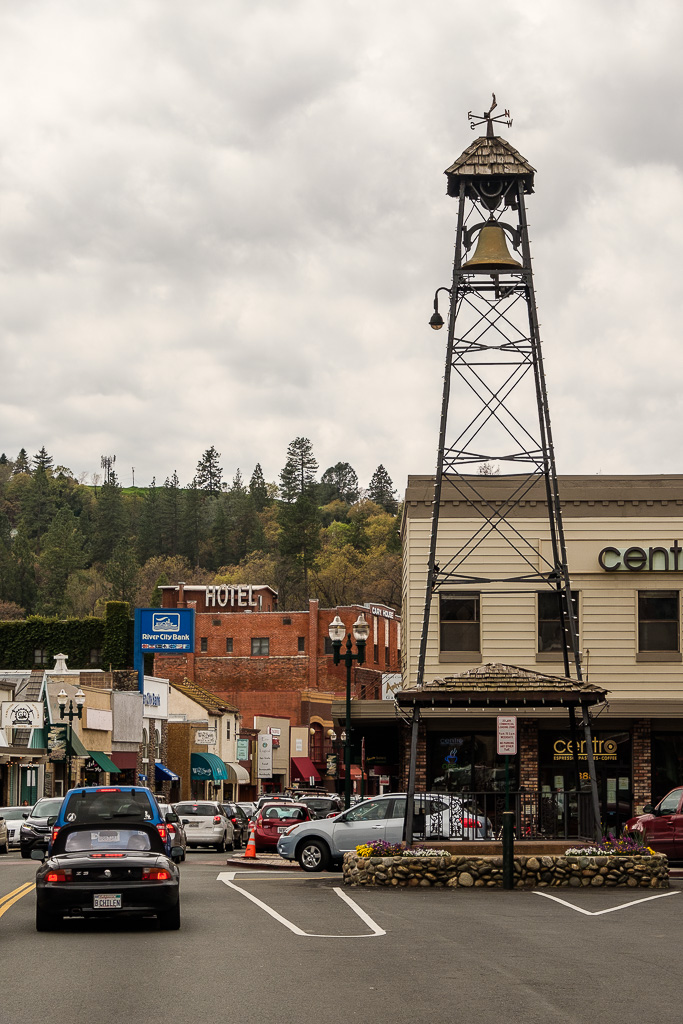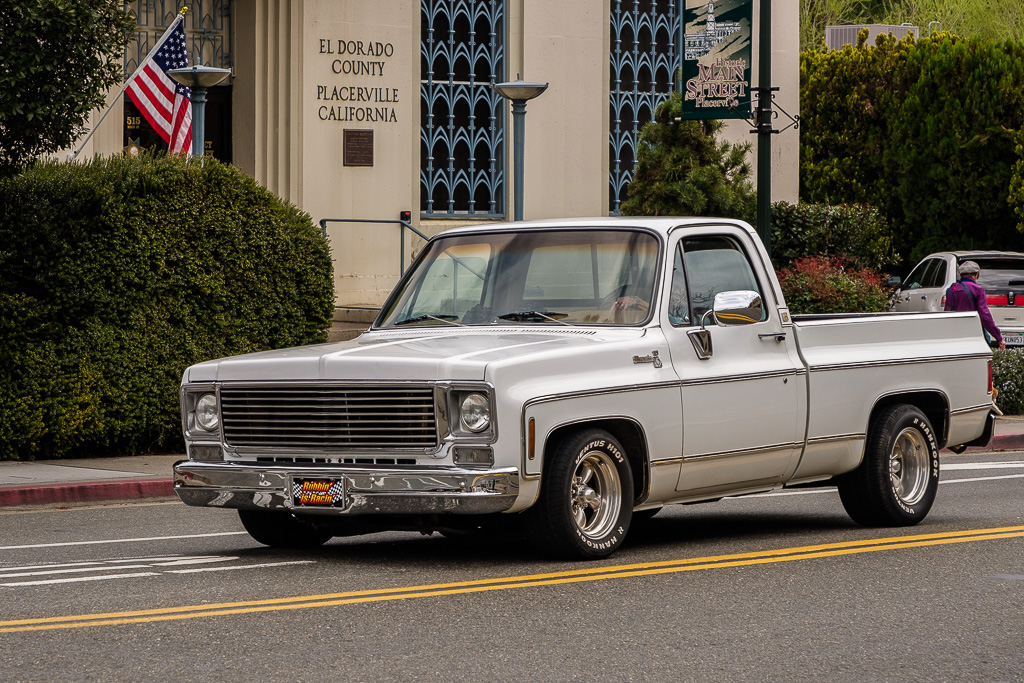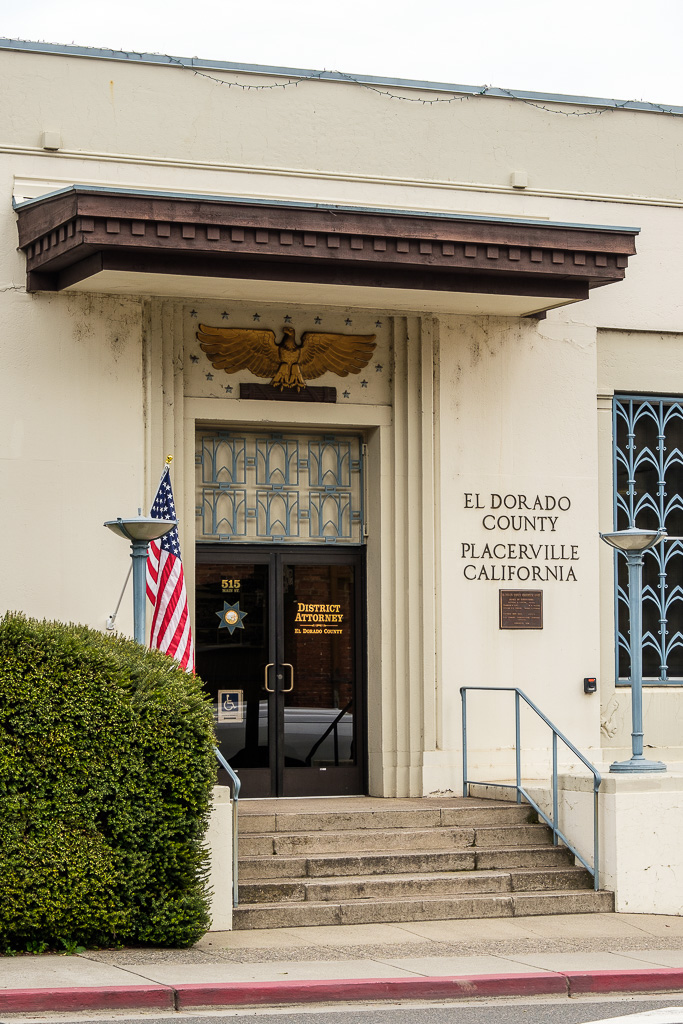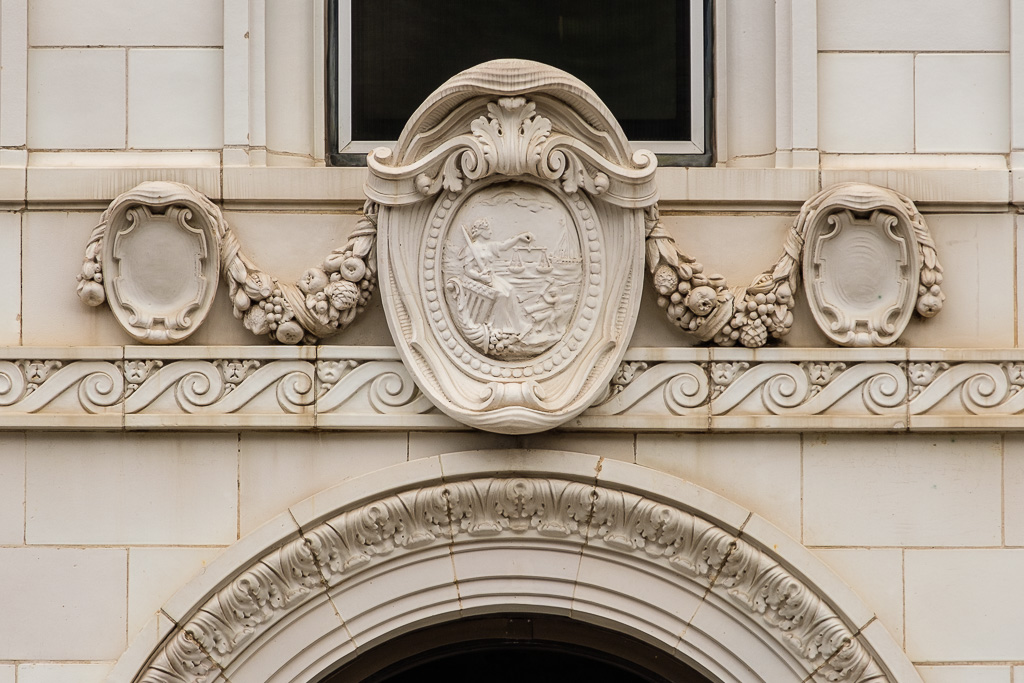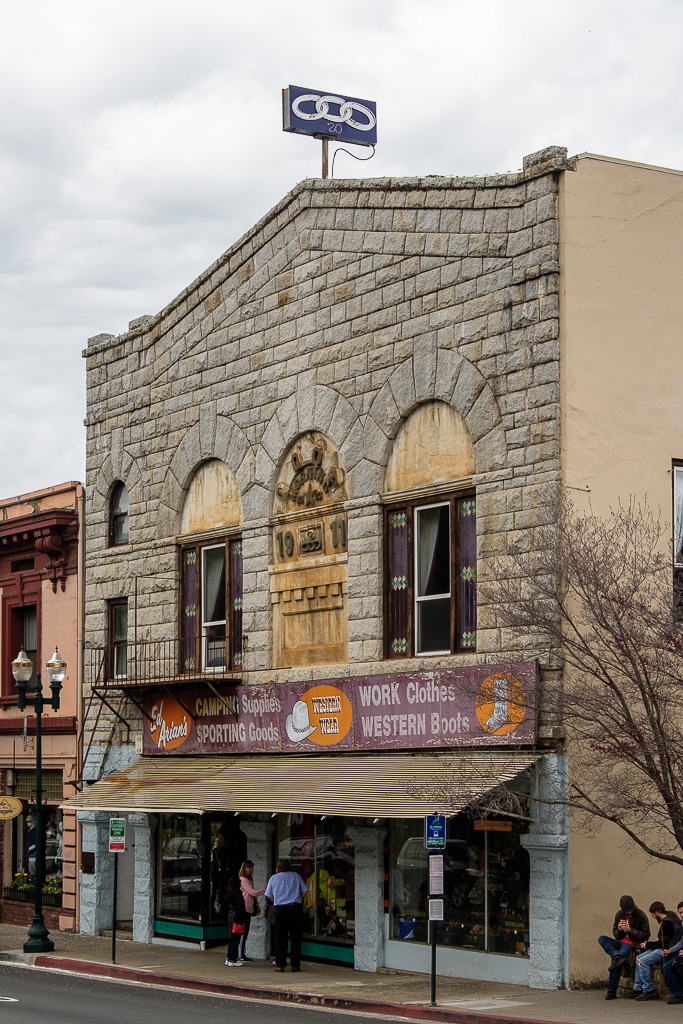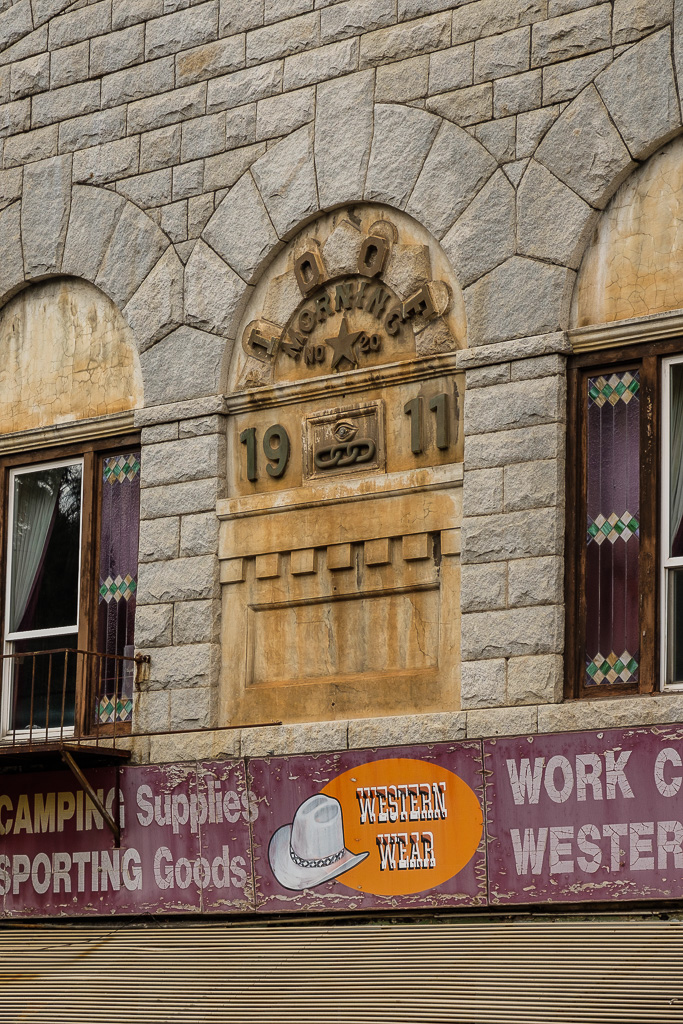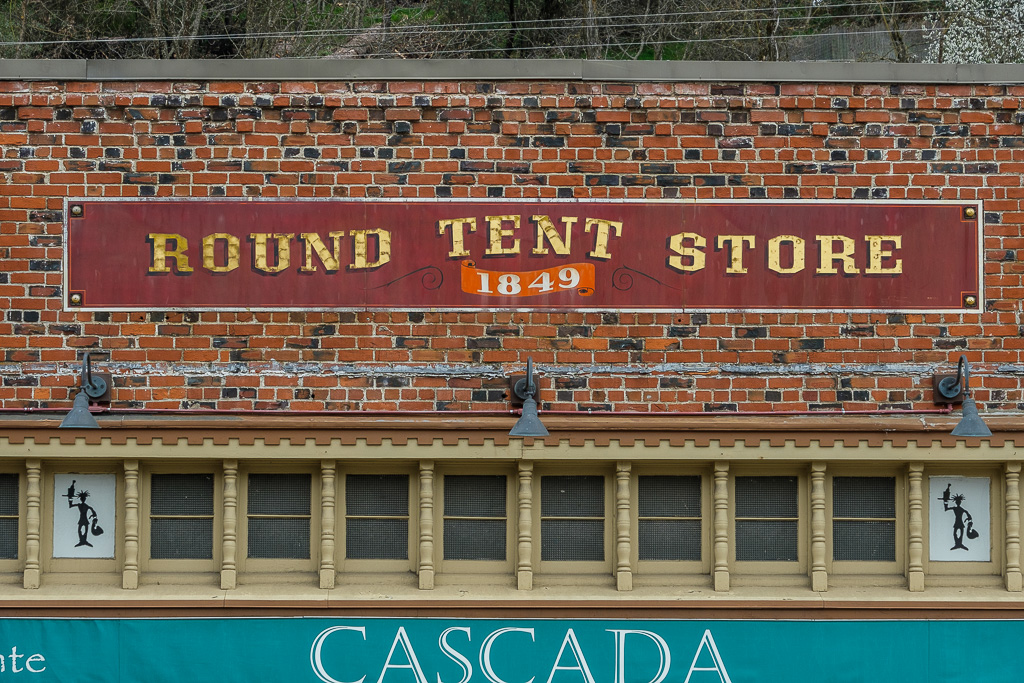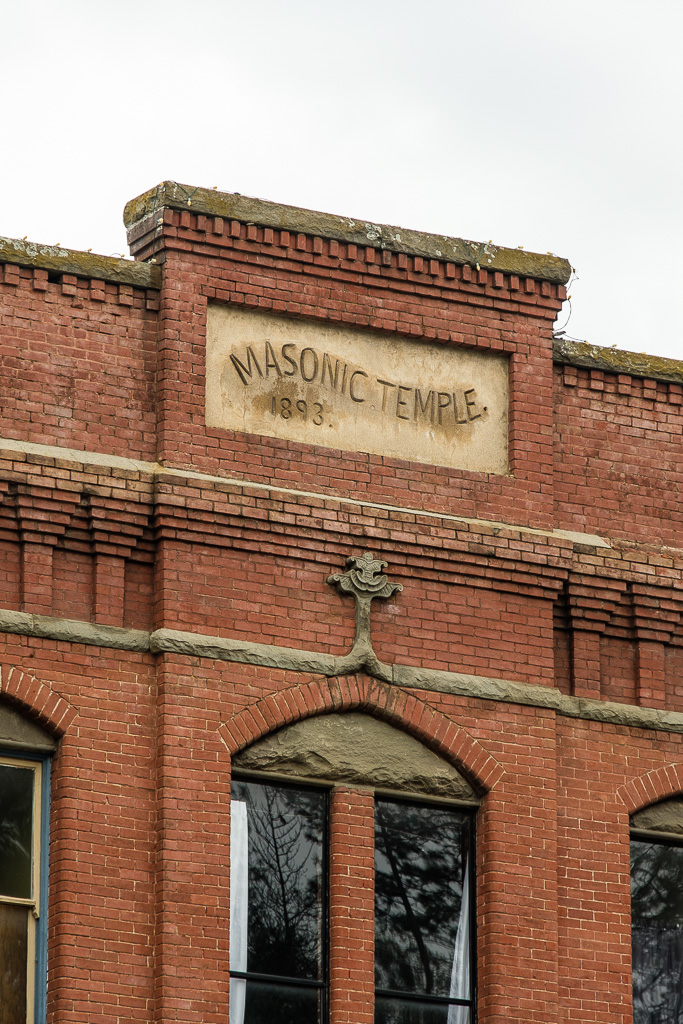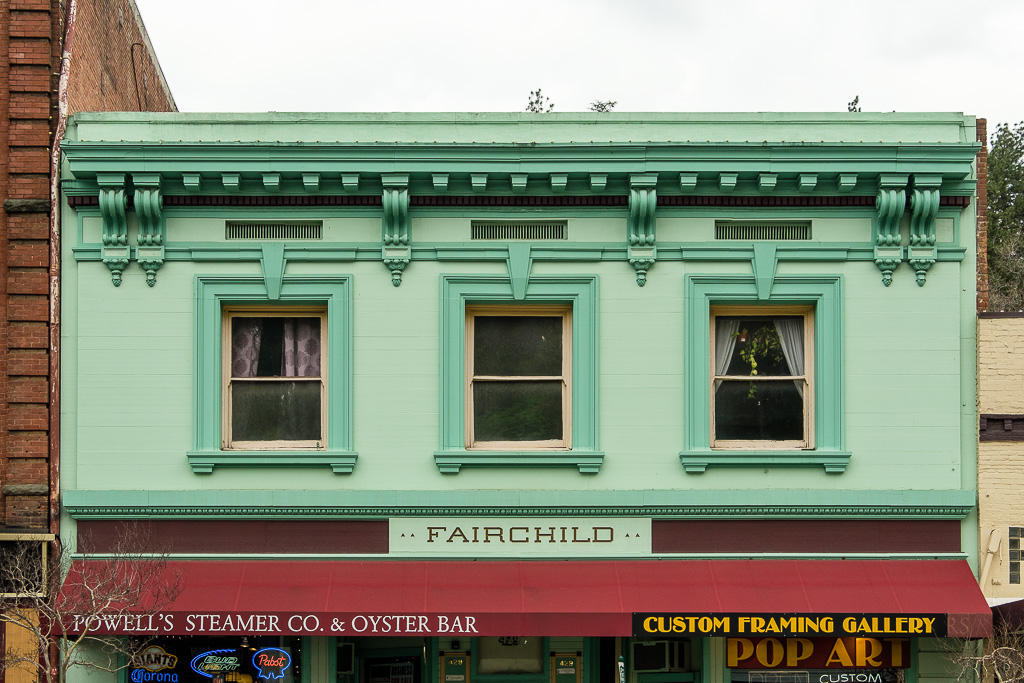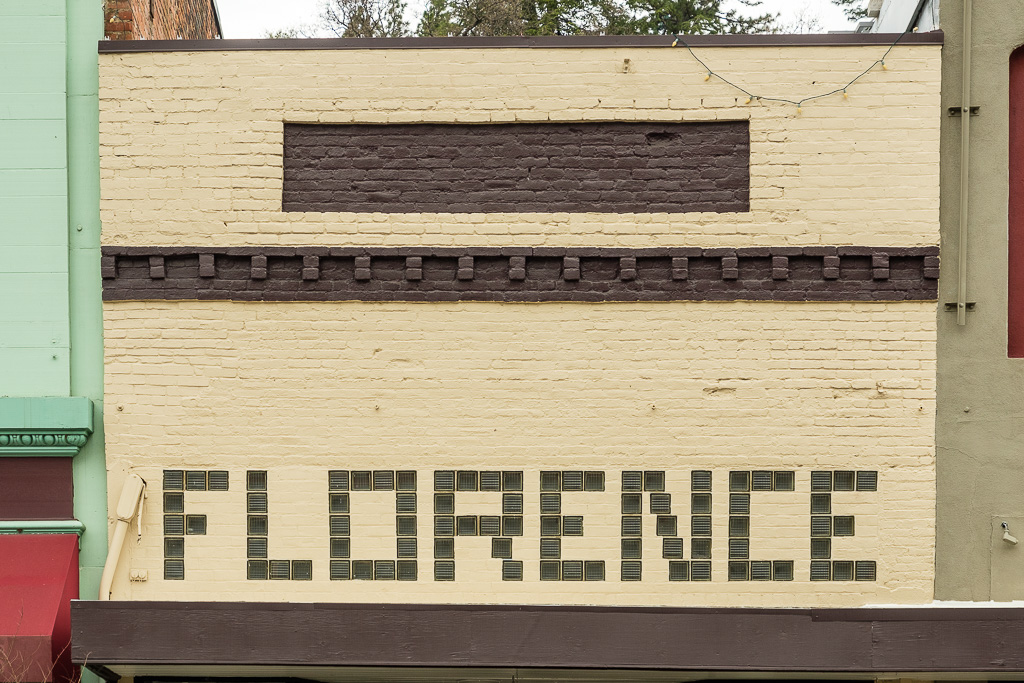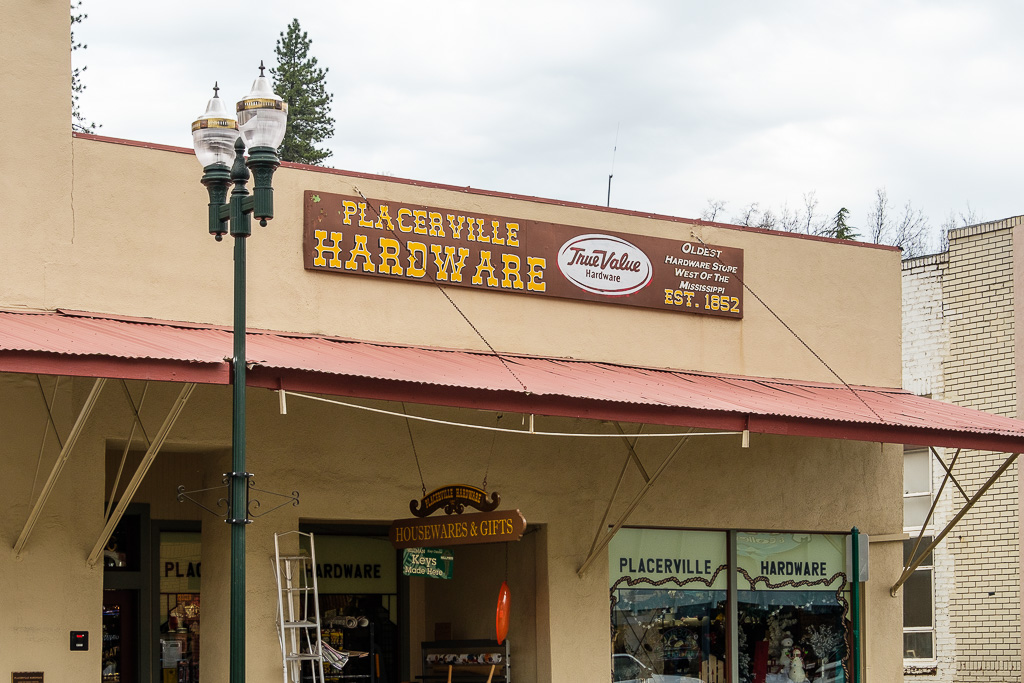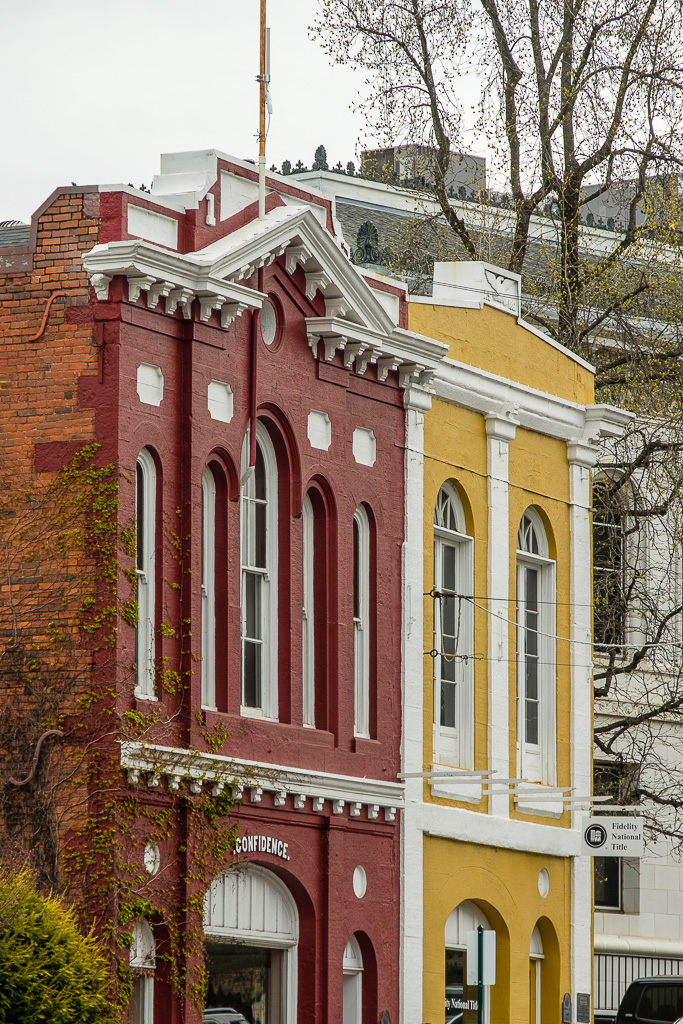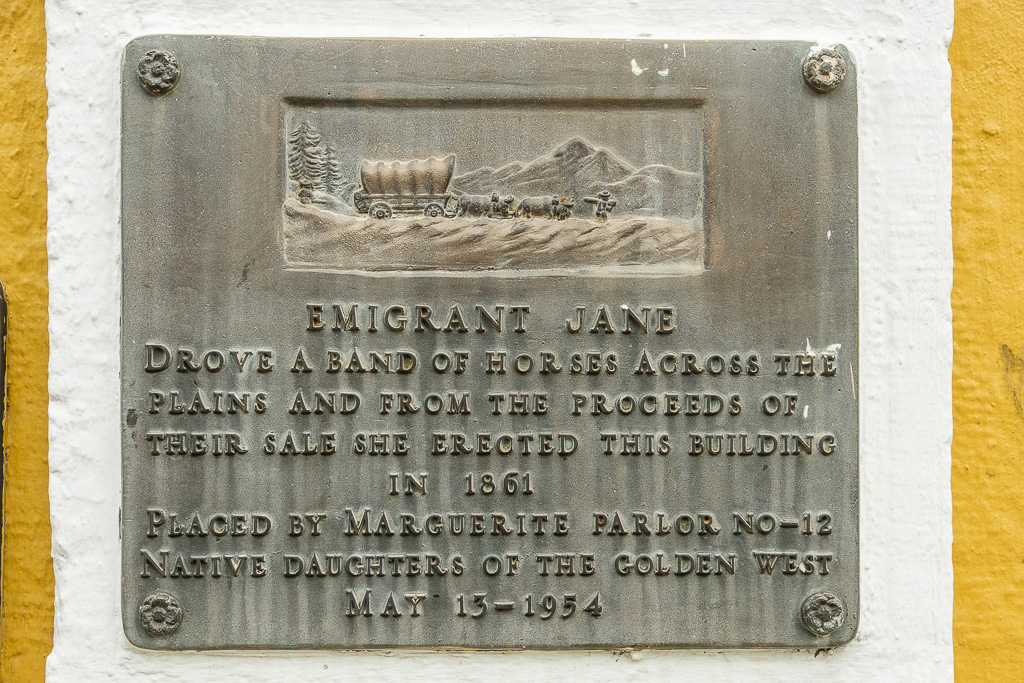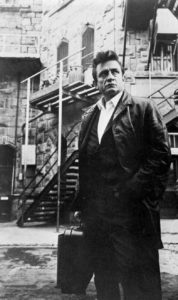 Folsom to Placerville.
Folsom to Placerville.
This post consists of two historic cities on the “Pioneer Branch” of the Lincoln Highway in California.
As mentioned in a prior post, one branch (and the one I took over the Sierra in March) follows the path of what is now I-80 by Donner Summit to Truckee and then descended to Reno, Nevada. The Pioneer Branch followed the path of what is now U.S. 50 over Echo Pass to Carson City NV via the south shore of Lake Tahoe.
On my drive eastward in March I did a few stops at the Pioneer Branch alignment before returning to the route via Donner and Truckee.
My first stop after I cut over to Folsom from Rocklin was at Folsom State Prison. Yes, the Folsom Prison where Johnny Cash gave his legendary performances at two shows at Folsom Prison on January 13, 1968, later released as the live album “At Folsom Prison” on Columbia Records in May 1968.
I had no expectation that I would be permitted to take any photos but, surprisingly, the guards at the entrance had no objection. When I said I wanted to walk along the side for a different angle, they said they needed to phone the guard tower to let them know. (I appreciated that.) That’s the gate Johnny Cash, June Carter and the others walked through to enter the prison grounds for the performance. As far as I can tell looking at the photographs online from 1968, it is almost unchanged. I found this site with a bunch of color photos from that day.
The two guards seemed to be having a quiet day. Every so often a vehicle would head in or out, and they would perform a pretty thorough search of the car. One of them had quite an impressive set of tattoos as you will see. The guard without the tats was retiring the following week and in good spirits. They were both very friendly (to me and to a few other tourists who pulled up). There’s a small museum at the entrance.
The two bridges are at the American River Gorge in Folsom. One is the Folsom Truss Bridge (1893). Read here about how it was saved as a bike path. The other is the Greenback Lane Bridge (a/k/a Rainbow Bridge) (1917) next to it (and constructed as the replacement) which was part of the Lincoln Highway. Sadly, this beauty of a bridge is somewhat graffiti scarred, and the original railings are gone (replaced with ugly tube and parapet railings). (Elsewhere in Folsom is an even older original Lincoln Highway bridge, the Orangevale Bridge (1915), the oldest automobile bridge in Sacramento County still in use. It was being strengthened and restored when I passed through Folsom in March, and I did not photograph it in that condition. It was the protoype for the Rainbow Bridge.)
Just after the grouping of bridge shots is the nearby Folsom Powerhouse State Historic Park where a surviving 1895 alternating current (AC) hydroelectric power station—one of the first in the United States – is situated (also on the American River).
The next grouping consists of photos taken in the Folsom Historic District which has an impressive collection of surviving historic buildings.
Finally, this set ends with a number of photos taken in the gold rush city of Placerville, about 30 minutes up Highway 50 from Folsom along the Pioneer Branch. It was once known as “Hangtown” (named after some hangings that took place there in the early days). It seems that in 1857 the PR team there got the name changed to Placerville.
This was once the third largest city in the state and a central hub for the Mother Lode region’s gold mining operations (principally as a supply center for the mining camps). It remains the county seat of El Dorado County. There are numerous historic structures along Main Street, including the “Hangman’s Tree” tavern.
Not too far away was where gold was discovered at Sutter’s Mill in Coloma (only 10 miles from Placerville) in 1848. That’s another post. Stay tuned.

